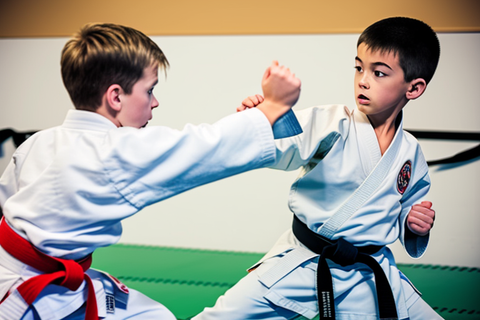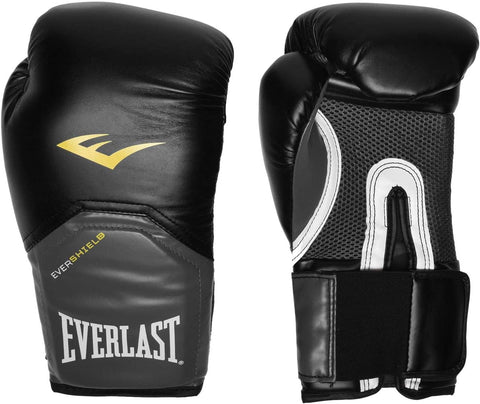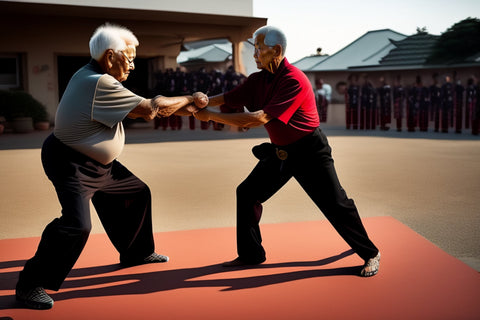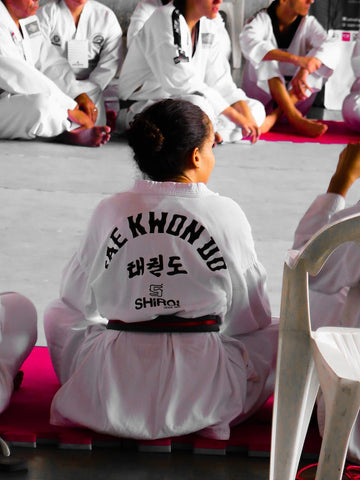Fencing Gears on a Plane: Rules, Regulations, Tips, and Tricks

Do you have an upcoming fencing tournament but are confused about what to do and not to do when traveling by plane with your fencing equipment?
Fencing is a popular sport that requires personal gear, including swords, and protective clothing which has issues with airport metal detectors. If you're a fencer planning to travel with your gear, you may be wondering how to pack it all for a flight.
Here are some rules and regulations for packing fencing gear on a plane!
Check with your airline
Many airlines permit sports equipment to be brought on domestic and international flights as either carry-on bags or checked bags, as long as the equipment follows the airline's luggage rules. However, some items that could potentially be used as weapons or pose a security risk may not be allowed in carry-on luggage or on the plane itself. These restrictions are often described by the Transportation Security Administration (TSA).
For example, according to TSA, “Sports equipment that can be used as a bludgeon (such as bats and clubs) is prohibited in the cabin and must be transported in your checked baggage.”
So, before you start packing, it's important to check with your airline to see if they have any specific rules or restrictions on fencing gear. Below are the regulations for the 4 bigger airlines.
| Airline | Equipment | Other Restriction |
| American Airlines |
1 fencing equipment bag or case can include:
|
Standard checked bag fees of your destination apply up to 50 lbs / 23 kgs and 126 in / 320 cm (length + width + height) and a standard overweight fee applies from 51 lbs / 23 kgs to 70 lbs / 32 kgs. |
| Delta Airlines | Not mentioned | Not mentioned |
| United Airlines | Appropriate checked bag | Up to 50 lbs / 23kg and 62in / 158cm |
| Southwest Airlines | Not mentioned | Not mentioned |
Some airlines may have restrictions on the type of fencing equipment you can bring on board, or they may require that it be stored in a certain way. Be sure to also check the size and weight limits for your luggage, as fencing gear can be quite heavy and may exceed these limits, requiring you to pay oversize charges and overweight charges.
After you’ve confirmed that you can bring your gear up the plane, follow these packing tips and tricks below:
Use a hard-sided suitcase
When packing fencing gear, it's best to use a hard-sided suitcase. This will help protect your equipment from damage during transport. You may also want to consider using a suitcase with padded dividers to keep your gear organized and separate.
When packing your fencing gear, try to place it in the center of your suitcase to help protect it from damage. This is especially important for your sword and other fragile equipment.
If you have a lot of fencing gear, you may want to consider using a fencing bag specifically designed for traveling. These bags are usually made with padded compartments to protect your gear and have plenty of storage space.
Disassemble your sword
If you're traveling with a fencing sword, it's important to disassemble it before packing. Most swords can be taken apart into two or three pieces for easy packing. Be sure to wrap each piece in bubble wrap or a protective covering to prevent damage.
Use a protective covering for your mask
Your fencing mask is an important piece of equipment, and it's essential to protect it during travel. Consider using a protective bag or case to keep it safe from damage.
If you're worried about your gear shifting or falling out of place during travel, you can use packing tape to secure it in place. This is especially helpful for items like fencing swords that may not fit snugly in your suitcase.
Use packing cubes
Your fencing jacket, gloves, and other protective clothing should be packed separately from your sword and other equipment. This will help prevent damage and keep everything organized.
Packing cubes are a great way to keep your fencing gear organized and separate from the rest of your luggage. They come in a variety of sizes, so you can find ones that are perfect for your equipment. Packing cubes can also help you make the most of the space in your suitcase, as you can stack them and fill any gaps with smaller items.
Don’t overpack
It's important to pack your fencing gear carefully, but you don't want to overpack your suitcase. Not only will this make it more difficult to carry, but it could also put extra strain on your gear and increase the risk of damage.
Get a good TSA-approved lock
Using a lock when packing fencing gear can help prevent theft or tampering with your luggage during travel. While it's not common for fencing gear to be stolen or tampered with, it's always better to be safe than sorry. A lock can provide an extra layer of security and peace of mind, especially if you're traveling with expensive or sentimental equipment.
In addition to using a lock, you may also want to consider marking your luggage with your name or contact information. This can make it easier to identify your luggage if it becomes separated from you during travel, and can also help you track down your gear if it's lost or stolen.
Consider purchasing insurance
When traveling with expensive fencing gear, it's a good idea to consider purchasing insurance. This will help protect your investment in the event that your gear is lost, damaged, or stolen during travel. Airlines do not insure or take responsibility for your expensive personal gear.
Have you ever wondered how much professional fencing players can make? Have you considered pursuing a career in the sport, but don't know what kind of income potential is available?
Those considering pursuing a career in fencing can expect to earn varying amounts depending on their experience and ability to market themselves as a professional athlete. In this article, we will explore how much fencers make and how they maximize their earning potential.
Ship ahead of time and be prepared
You may want to consider shipping your gear ahead of time, especially if you're traveling with a large amount of equipment. This can help reduce the amount of luggage you have to carry and may be more cost-effective as well.
You should also be sure to check the fencing regulations at your destination, as some countries may have different rules or restrictions on fencing equipment. For example, you may need to register your gear with local authorities or have it inspected upon arrival.
Overall, the key to packing fencing gear for a flight is to be organized and to use protective coverings and cases to prevent damage. By following these tips, you can ensure that your gear arrives at your destination in good condition, ready for your next fencing match!
Are you an individual thinking about taking up fencing as a hobby, but feels like it is too expensive? Does it seem like fencing is only for the wealthy or those with prior training in martial art?
We will take a closer look at these methods and provide practical advice on how you can get started in fencing without spending more than $350 dollars on fencing equipment and training.
Joanne
Lover of words and wisdom.
Other Posts By Author








